case
Learn about this topic in these articles:
Assorted References
- analysis of syntax
- In linguistics: Later contributions
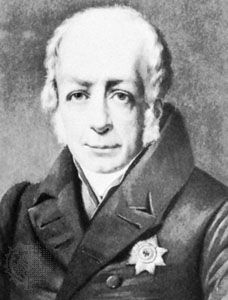
…work in what is called case grammar. Case grammar is based upon a small set of syntactic functions (agentive, locative, benefactive, instrumental, and so on) that are variously expressed in different languages but that are held to determine the grammatical structure of sentences. Although case grammar does not derive directly…
Read More
characteristics in
- Altaic languages
- In Altaic languages: Morphology
…languages are also rich in cases, Manchu having five, Turkish six, and Classical Mongolian seven. Manchu-Tungus languages have as many as 14 (as in Evenk). An unusual characteristic of the Mongolian languages is the possibility of double cases, as in Classical Mongolian ger-t-eče ‘from [at] the house’ (‘house-[dative-locative]-[ablative]’), eke-yin-dür ‘to/at…
Read More
- In Altaic languages: Morphology
- American Indian languages
- In North American Indian languages: Grammar
…Indian languages do not have cases as in noun declensions in Latin and Greek, but case systems do occur in some languages of California and the U.S. Southwest. For example, Luiseño has the nominative kíi:a ‘house,’ accusative kíiš, dative kíi-k ‘to the house,’ ablative kíi-ŋay ‘from the house,’ locative kíi-ŋa…
Read More
- In North American Indian languages: Grammar
- Anatolian languages
- In Anatolian languages: Grammatical characteristics
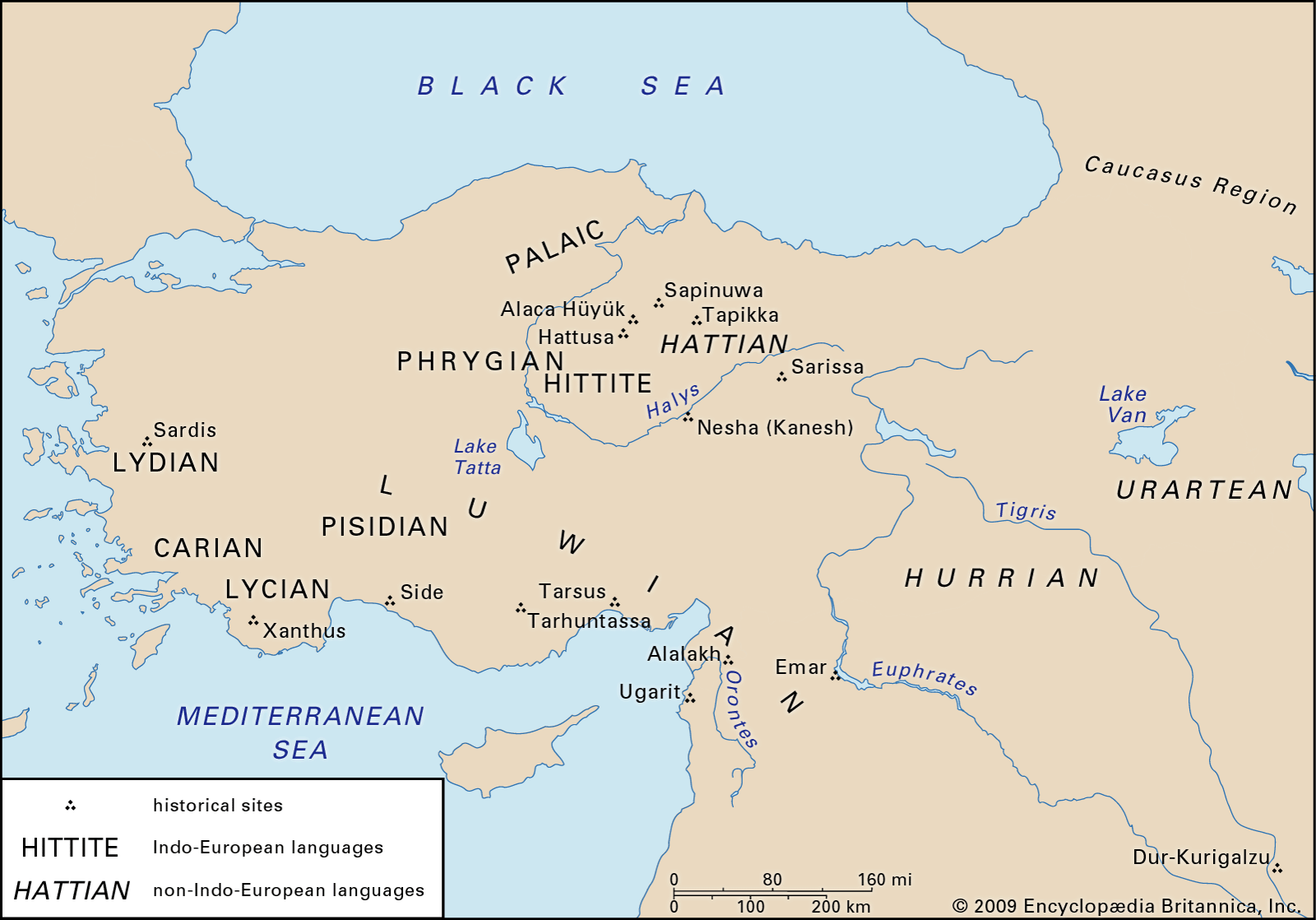
Old Hittite distinguishes seven cases—varying forms of the noun that mark its function in a sentence, such as subject, direct object, indirect object, or possessor—in the singular, but these are reduced to five in the later language, and the other Anatolian languages show a similarly simplified system. Suffixes marking…
Read More
- Etruscan language
- In Etruscan language: Grammatical characteristics
Case endings do not differ from singular to plural; in the singular they are suffixed directly to the word stem, and in the plural they are added to the stem, along with one of the plural markers ar, er, ur. There is no distinctive nominative…
Read More
- In Etruscan language: Grammatical characteristics
- Indo-European languages
- In Indo-European languages: Nominal inflection

…categories of the noun were case, number, and gender. Eight cases can be reconstructed: nominative, for the subject of a verb; accusative, for the direct object; genitive, for the relations expressed by English of; dative, corresponding to the English preposition to, as in “give a prize to the winner”; locative,…
Read More - In Indo-European languages: Changes in morphology

…languages the original eight Indo-European cases have suffered reduction. Proto-Germanic had only six cases, the functions of ablative (place from which) and locative (place in which) being taken over by constructions of preposition plus the dative case. In Modern English these are reduced to two cases in nouns, a general…
Read More
- Iranian languages
- In Iranian languages: Grammar
…the dative coalesced into one case and the instrumental and ablative into another. Moreover, in the plural the nominative and accusative cases are not distinguished. That reduced system is still found in the Middle Iranian period in Old Khotanese and to a certain extent in Sogdian. Eastern Iranian is in…
Read More
- In Iranian languages: Grammar
- Japanese language
- In Japanese language: Grammatical structure
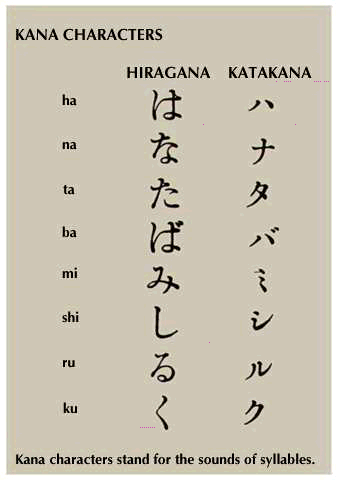
…indicate number or gender, while case distinctions are marked by enclitic particles (that is, particles attached to the end of the previous word), as in the examples above.
Read More
- Kartvelian languages
- In Caucasian languages: Grammatical characteristics

…the verb system and has cases varying in number from 6 to 11. The six cases common to all the Kartvelian languages are: nominative, marking subject of the intransitive verb; ergative (see below), modified in Mingrelian and Laz; genitive, marking possession; dative, marking indirect objects; ablative–instrumental, expressing relations of separation…
Read More
- Latin language
- In Latin language
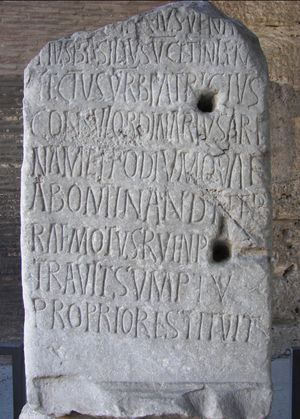
… period had six regularly used cases in the declension of nouns and adjectives (nominative, vocative, genitive, dative, accusative, ablative), with traces of a locative case in some declensional classes of nouns. Except for the i-stem and consonant stem declensional classes, which it combines into one group (listed in grammar books…
Read More
- Romance languages
- In Romance languages: The loss of the case system
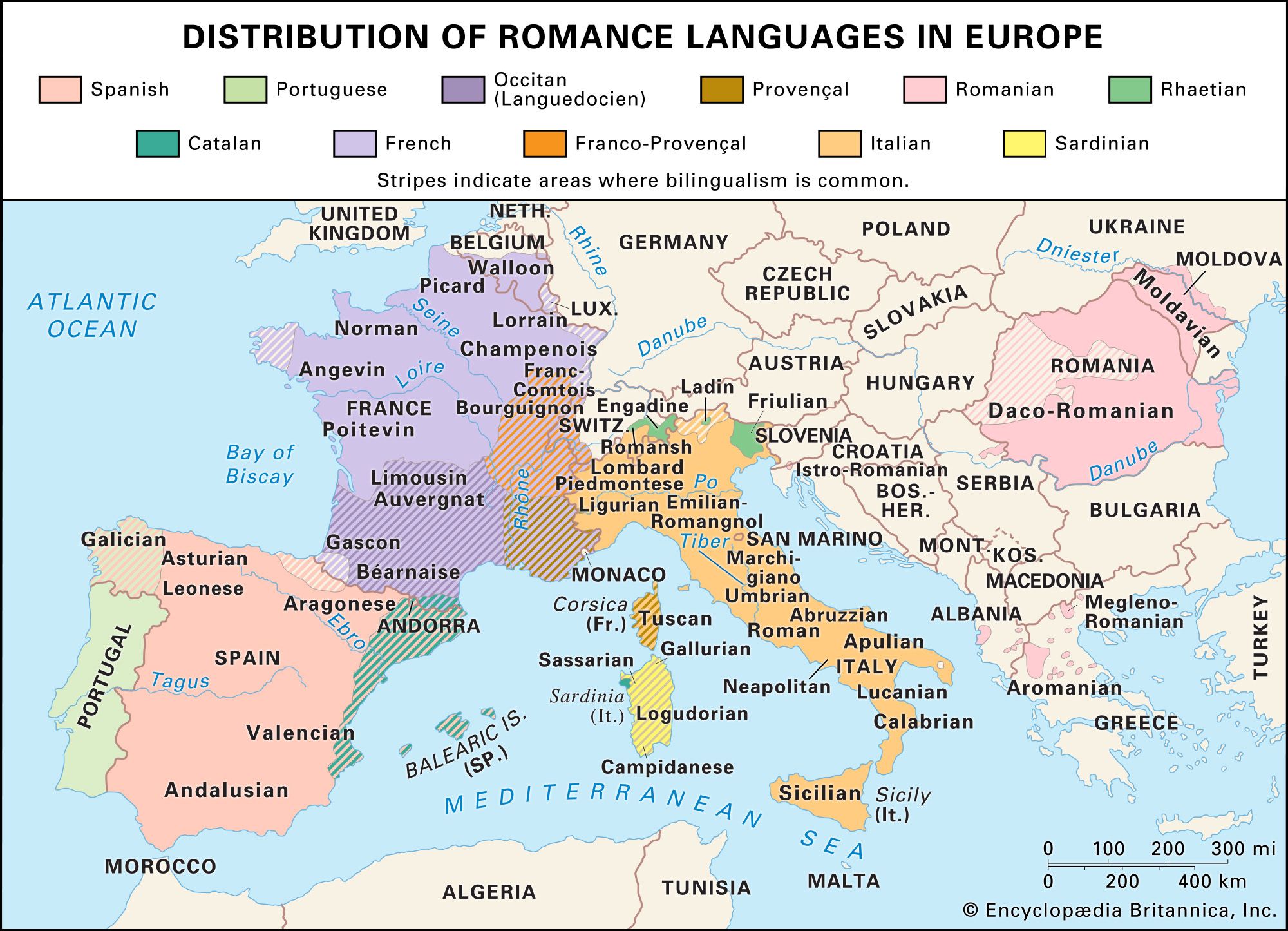
The Latin nominal case system has disappeared in all modern languages except Romanian, in which the inflected article distinguishes the nominative and accusative from the genitive and dative. Thus, when other Romance languages would use a preposition to indicate a certain relationship between…
Read More
- Semitic languages
- In Semitic languages: Nouns and adjectives
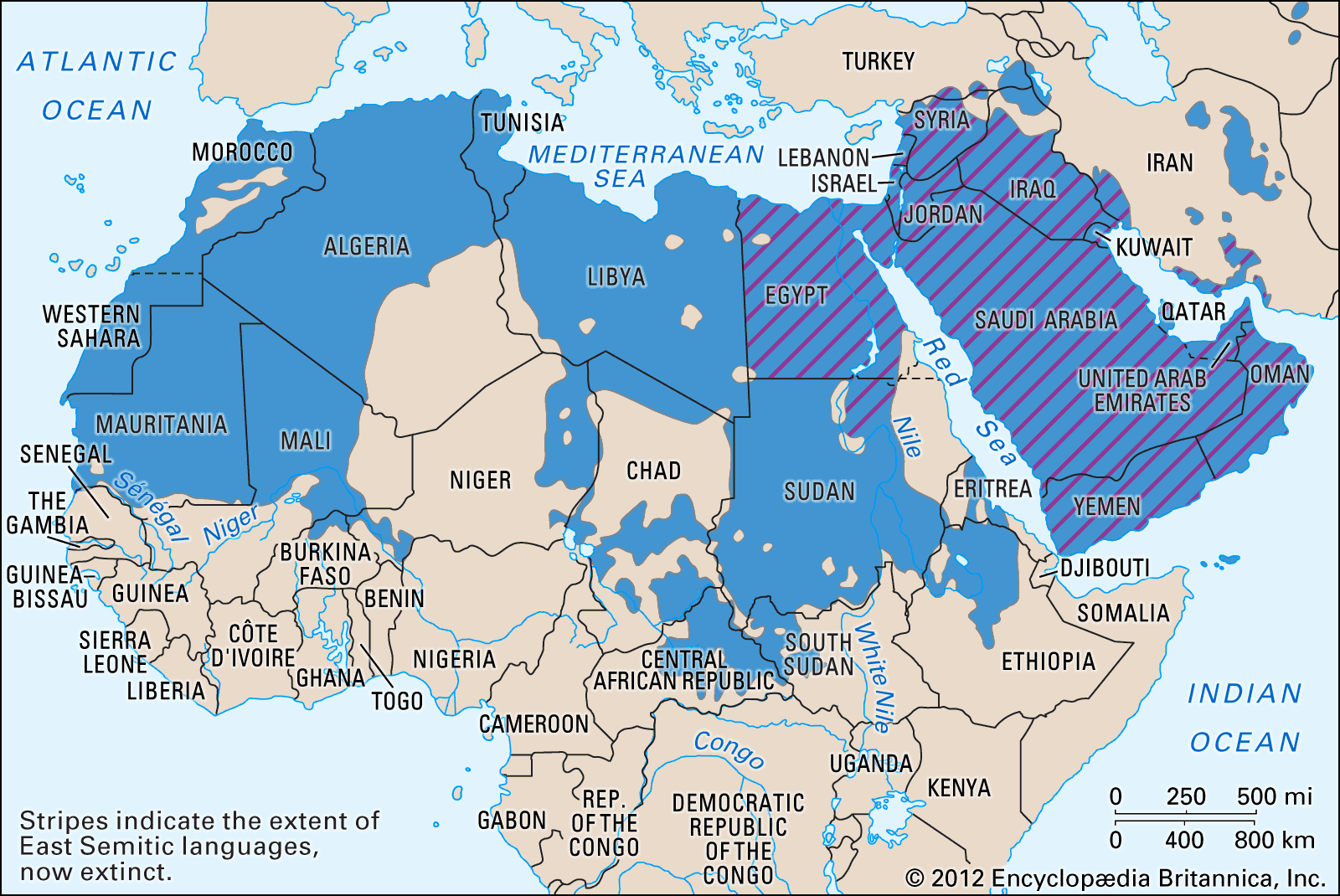
…several of the older languages, case (nominative, accusative, or genitive). For verbs the inflectional elements can indicate the person, number, gender, mood, tense, and aspect (the construing of events as completed versus continuing).
Read More
- Slavic languages
- In Slavic languages: Cases

Most Slavic languages reflect the old Proto-Slavic pattern of seven case forms (nominative, genitive, dative, accusative, locative, instrumental, vocative), which occurred in both the singular and the plural. There was also a dual number, meaning two persons or things. In the dual, the cases…
Read More
- Uralic languages
- In Uralic languages: Conjunction
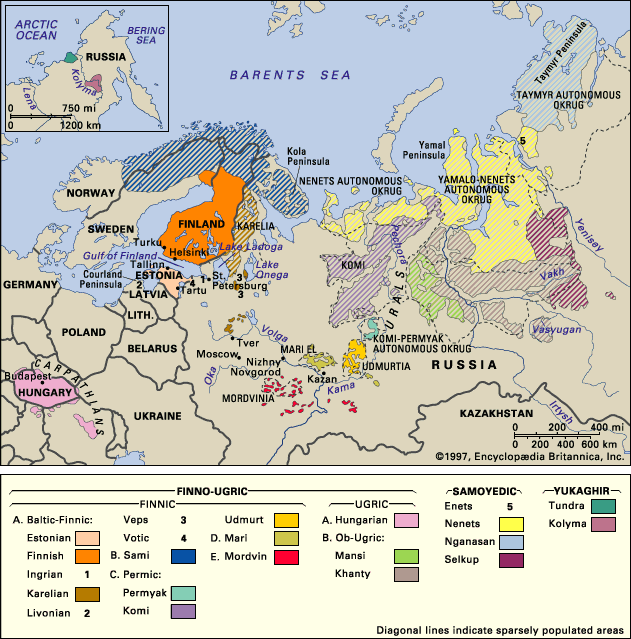
…read the book’ (literally, ‘read-to-[translative case]-my book-[genitive]’).
Read More
- Yiddish language
- In West Germanic languages: Characteristics

Case inflections, preserved only in the singular, appear in noun modifiers but only rarely in nouns themselves. The dative and accusative cases have merged in the masculine; the nominative and accusative cases have merged in the feminine and neuter. All prepositions govern the dative case.…
Read More







